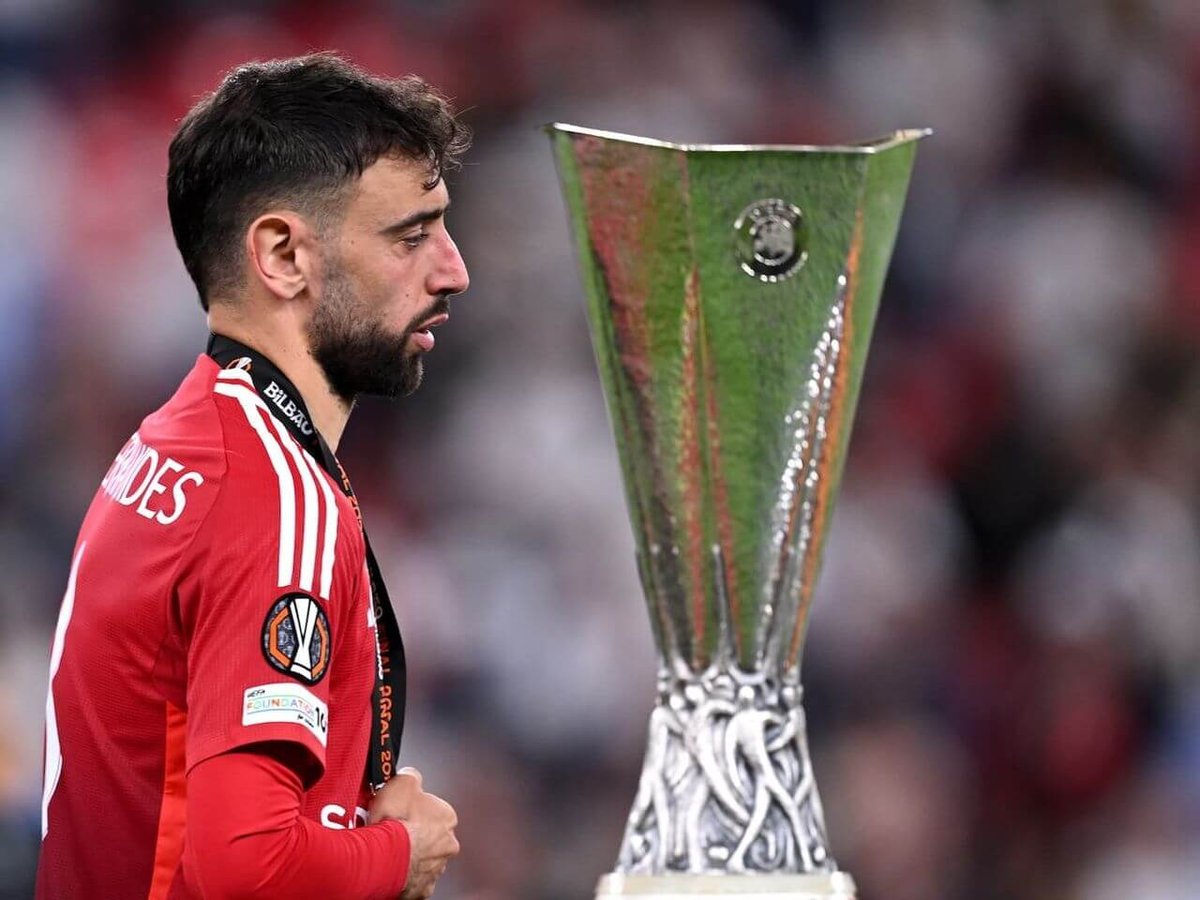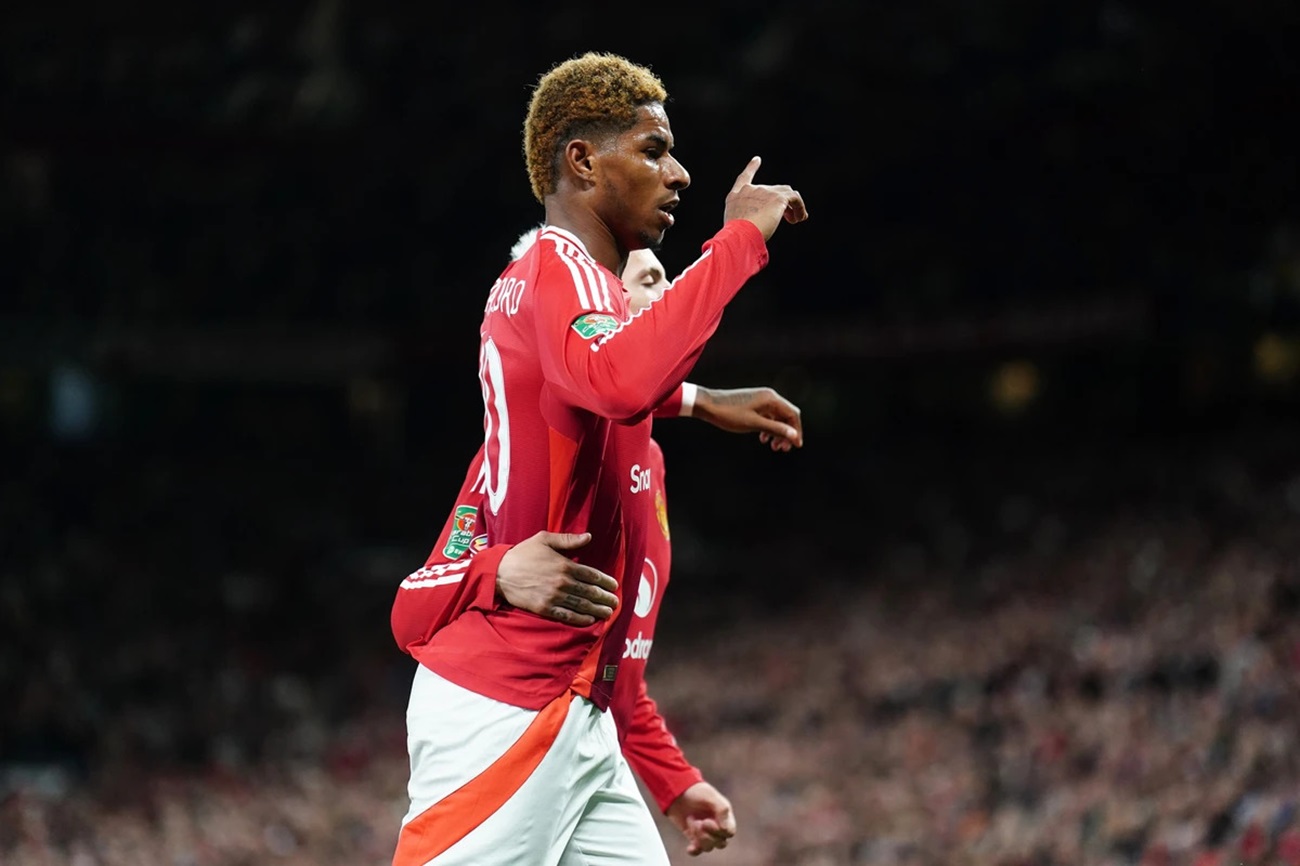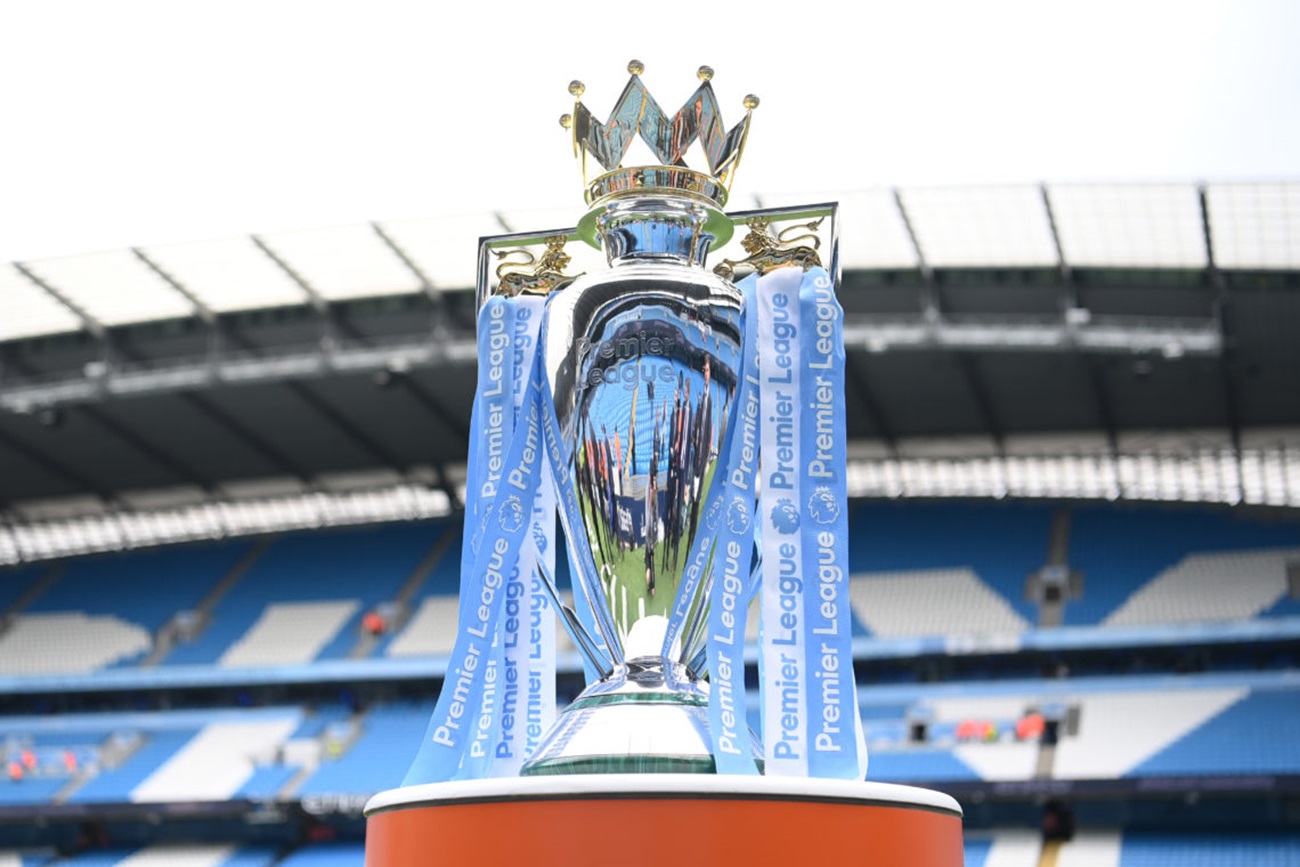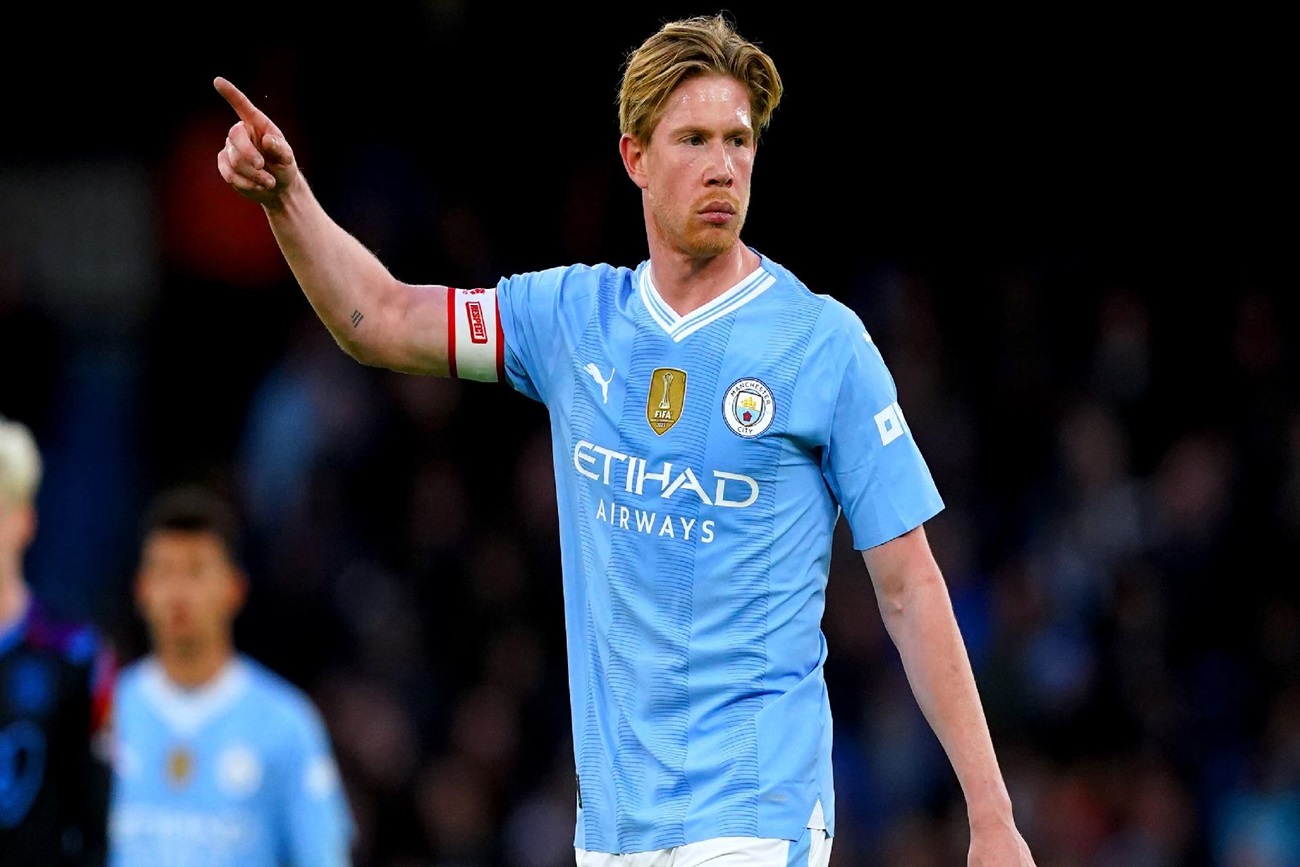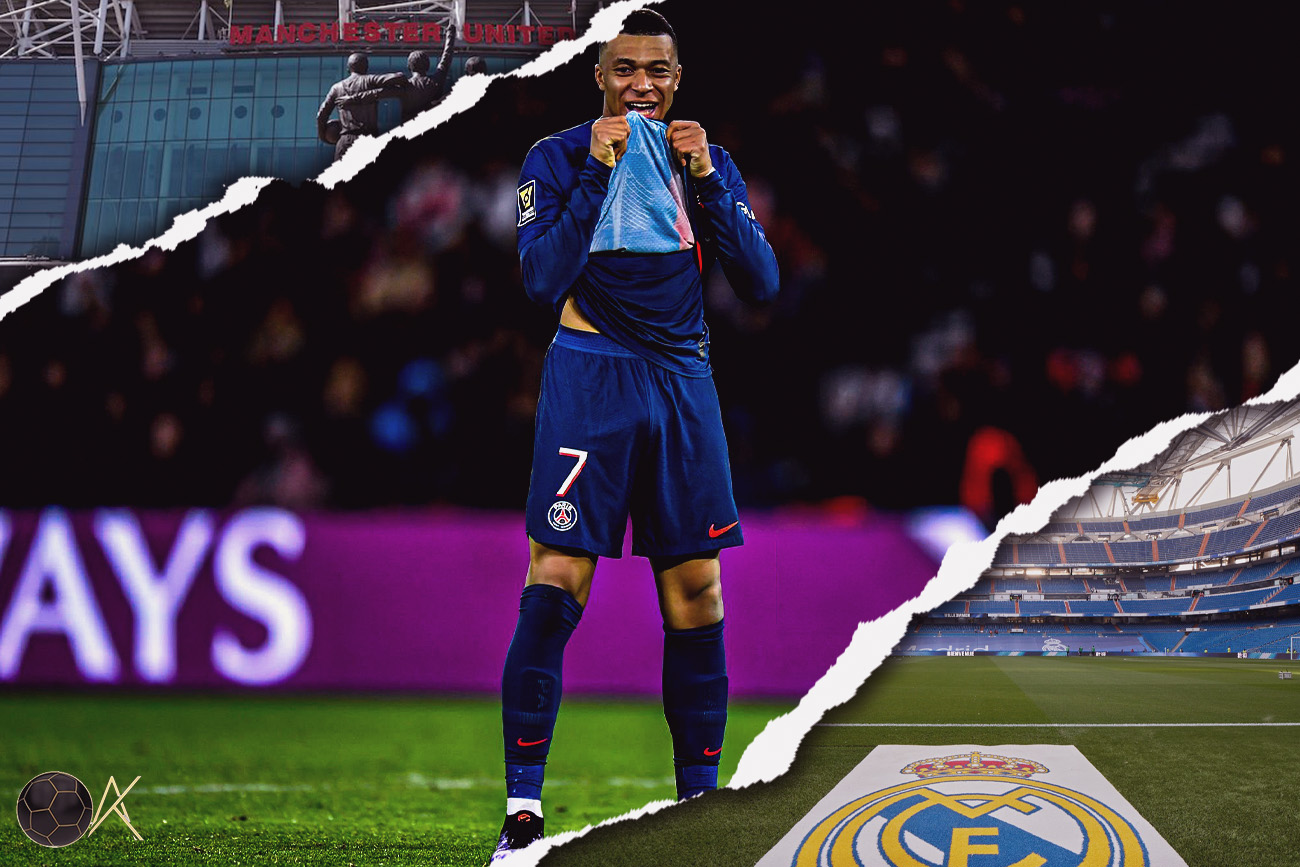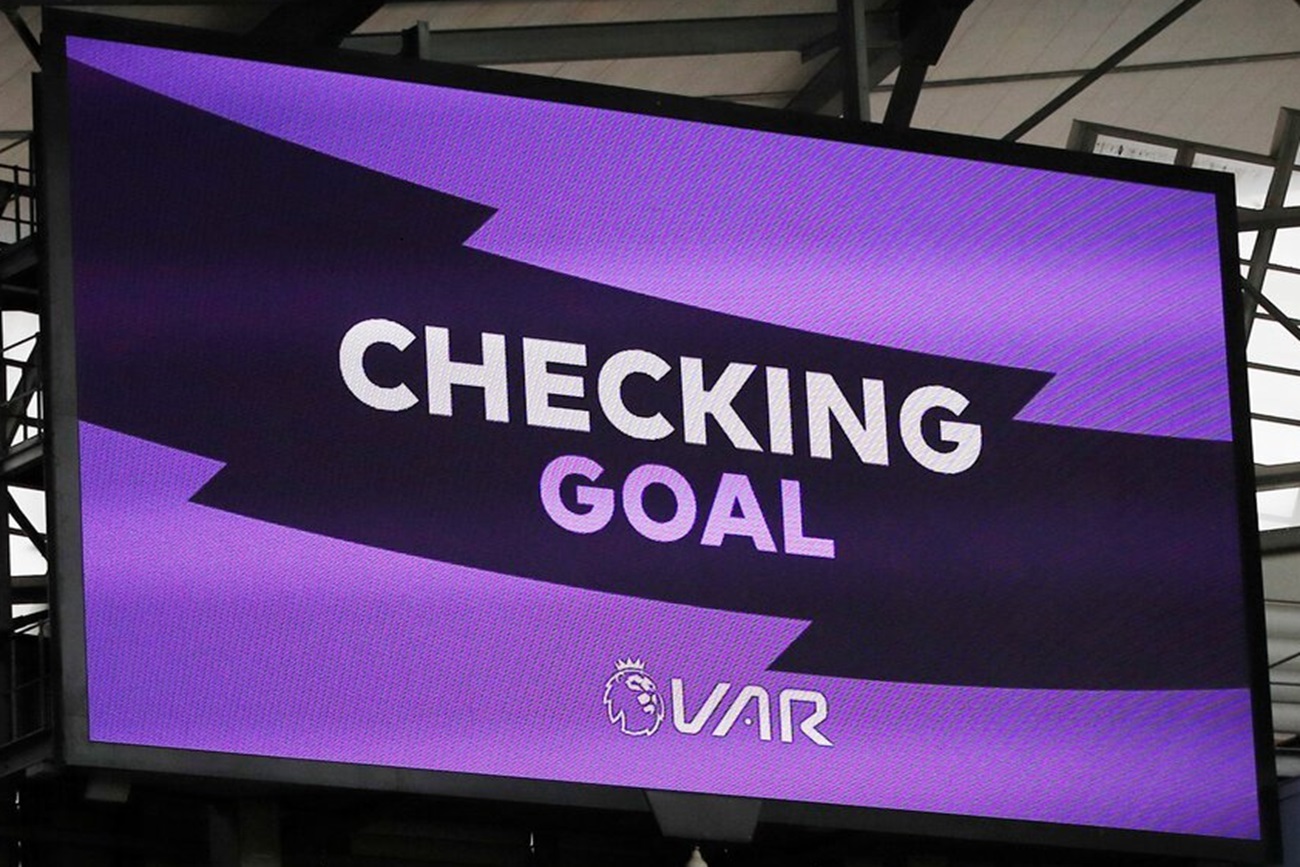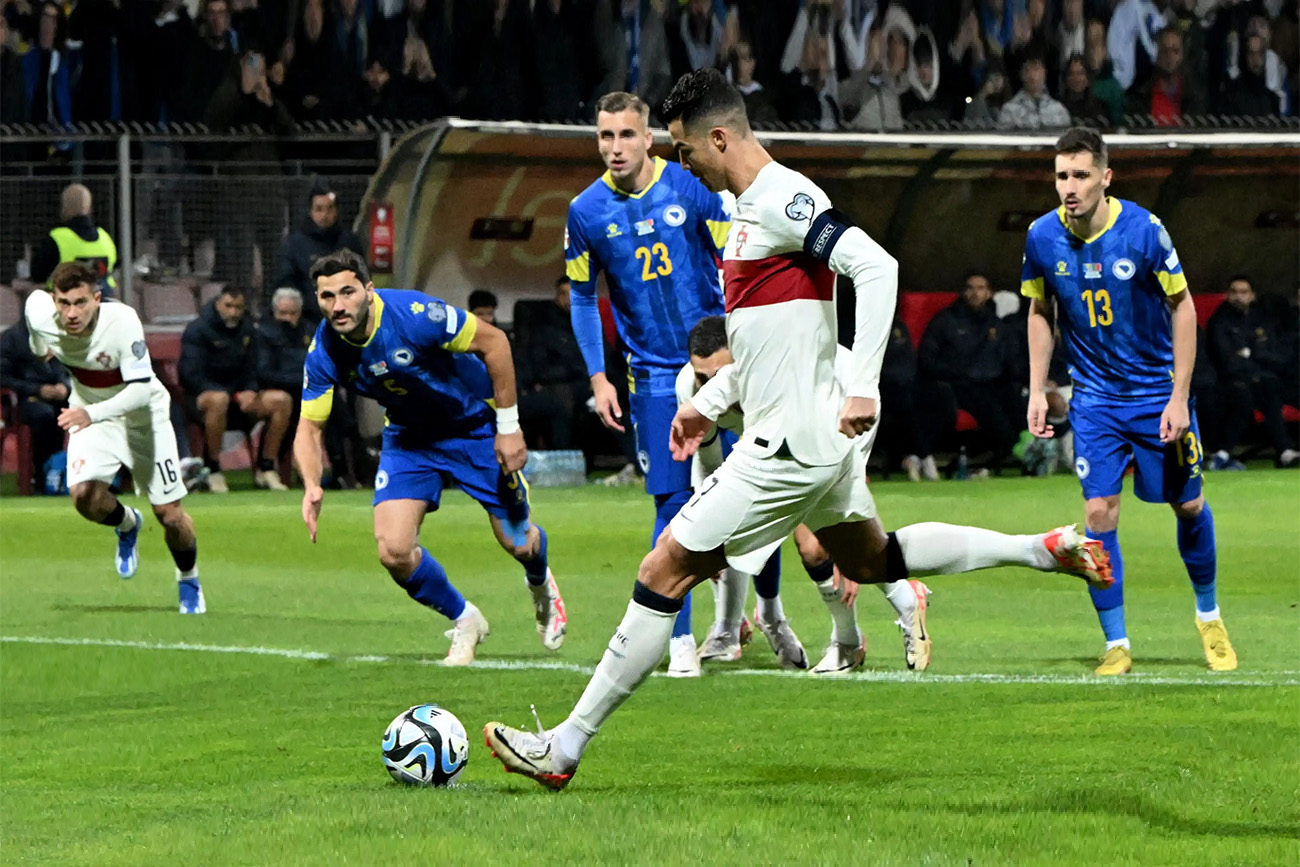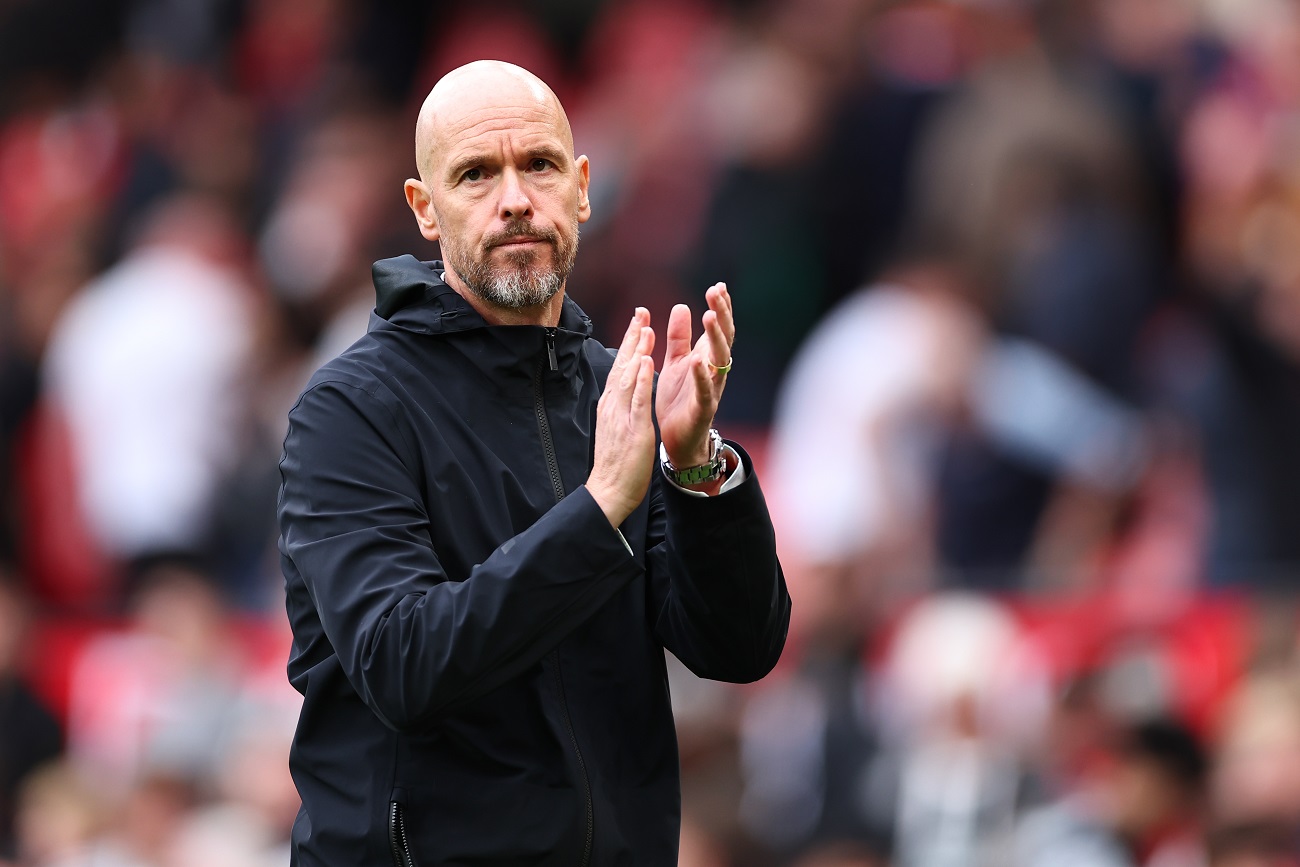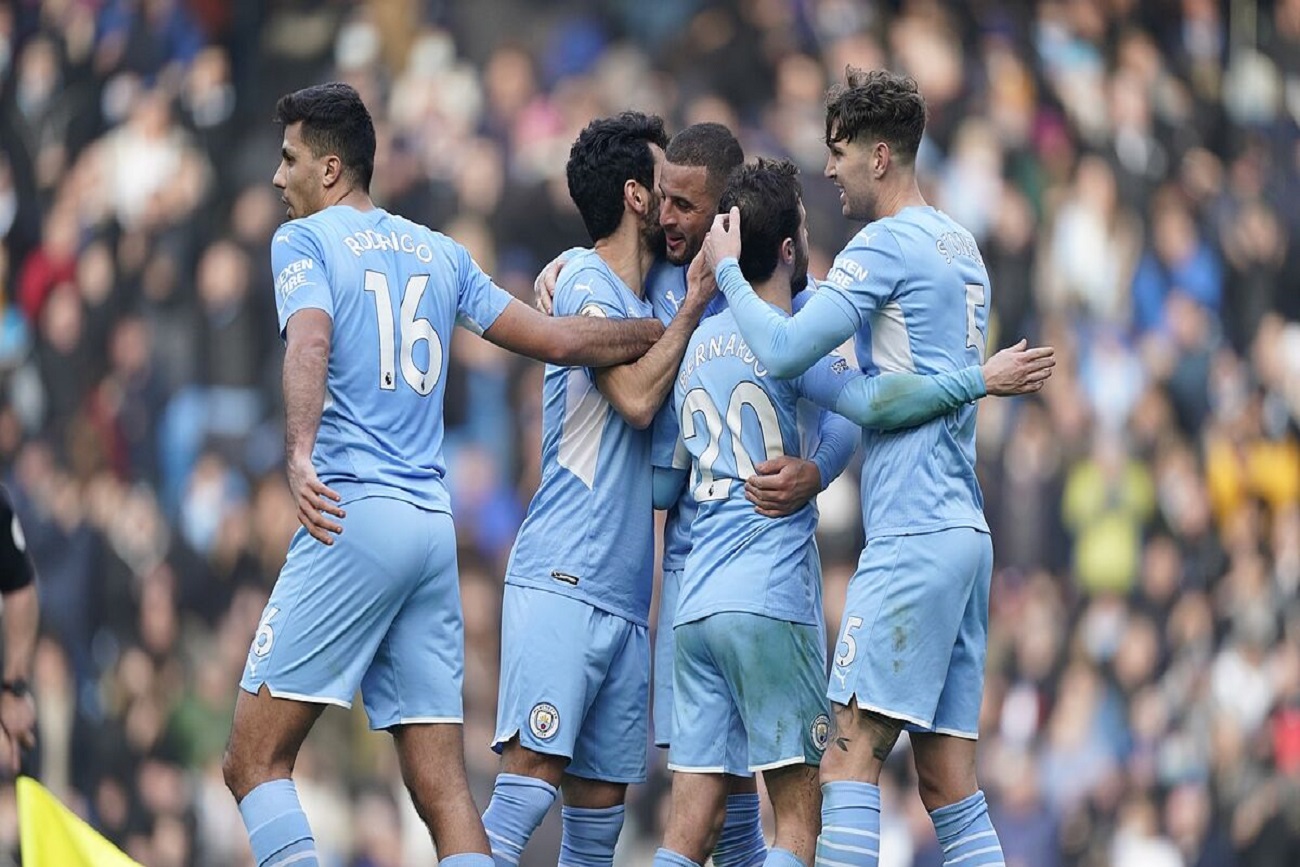
Man City: How they play football
This blog highlights my understanding of how Pep Guardiola's Manchester City plays their football in the 21/22 football season.

(Image taken from ESPN)
The formation:
Pep Guardiola, this season, has played the majority of the matches without a recognised number 9/striker. He usually sets his team up in a 4-3-3 formation from the start with one sitting midfielder and two number 8's and in the front, a false 9 player is used instead of an out and out striker.
Phil Foden and Bernardo Silva are more often than not selected to play in that false 9 position. Both these players are quite similar as they love dropping a bit deep and being on the ball with their dribbling as a core strength. In addition, their ability to pick a pass is second to none and as false 9's that drop deep the wingers on either side tend to make runs in behind, therefore as a false 9 it will be crucial to be a good passer of the ball hence why it can be obvious why Pep uses these two players in that role.
In different scenarios, Sterling, Mahrez or Grealish, who are the other attackers, are also used as false 9. Sterling and Mahrez both provide pace and better goal-scoring ability, thus are mainly used against teams with a high defensive line or when City relies upon counterattacks, which is not often.
Gabriel Jesus is the only recognised striker in Man City's first XI but has hardly featured from the start this season. In recent matches against Liverpool in the PL and FA Cup he got 2 goal involvements in 2 matches, however both times he did not start as a striker but was pushed out wide, which goes to show that Pep prefers a false 9 with ball-playing abilities which have proved to be working as they currently sit top of the PL and in a CL semi-final for the second season in a row.
Tactics:
Attacking
In the aforementioned paragraph, I stated how Man City set up in a match as a 4-3-3 including a false 9 at the top. Well, this is mostly the case off the ball and defensively for Man City.
Man City are one of the few teams that conduct a high press for most of the game and do it effectively as well. The other team that comes to mind is Liverpool who also set up similarly but actually uses a recognised number 9. But with City, their two number 8's from midfield love to press high alongside the 3 attackers which shifts the formation from a 4-3-3 to almost like a 4-1-5 with the sitting midfielder ready to either stop the counter or pick off any loose balls.
Even when attacking, the two number 8's, would provide an option in the box when they use the width to load the boxes with crosses. KDB and Gundogan are the most used as 8's and it would be KDB who would cross while Gundogan made a late run into the box to provide a greater threat to the opposition.
The Man City fullbacks, especially Walker and Cancelo, would have high starting positions as they were also an attacking threat with their pace, power and crossing. On the occasion that Ake started at LB, he would generally stay back and almost form a back three, while the RB for Man City would continue to attack as an RWB. Of course with starting positions, this would create a lot of space on the widths for opposition wingers on the counter-attack as the Man City fullbacks will be slower in tracking back. This is either where the two 8's or two wingers cover for the full-backs in those spaces to minimalise damage from the opposition counter-attack, although this was not always successful for Man City - a good example was their CL group stage match away at Leipzig where they lost 2-1.
Defensively
As mentioned before, Man City's defensive shape was more of a 4-3-3 when they decided not to conduct a high press. This is where the two 8's in midfield would be slightly deep and near the lone sitting midfielder. The fullbacks would have a deeper position and be slightly tucked inside to narrow passing lane for the opposition and force them out wide, as City fullbacks were confident in their 1v1 battles or 2v1 battles as their wingers would also drop back to help them. The false 9 would also drop a bit deep but mostly be left isolated as an out ball for when Man City win back the ball for a quick transition.
However, City has also played a back 3 when in defensive scenarios, usually when Ake has played at LB. His attacking qualities as a fullback are not similar to Cancelo, Zinchenko or Walker as he is naturally a CB. Therefore the right full-back would act as an RWB while Ake dropped alongside the two centre-halves and played as the LCB in a back 3. This would cause the LW for Man City to play as an LWB while the RW acted as a right striker and the false 9 played alongside or just in behind. The midfield 3 more or less stayed the same but were more compact in their shape. City have rarely used this as Ake tends not to start matches, and the other occasion was against Palace when they were a man short and had to tighten their shaky defence that day.
But overall, City uses the 4-3-3 with everyone slightly deeper in order to restrain opposition attacks and when they want to conduct a high press the two 8's push higher up and create that 4-1-5 formation in order to start their defence from their attackers.
